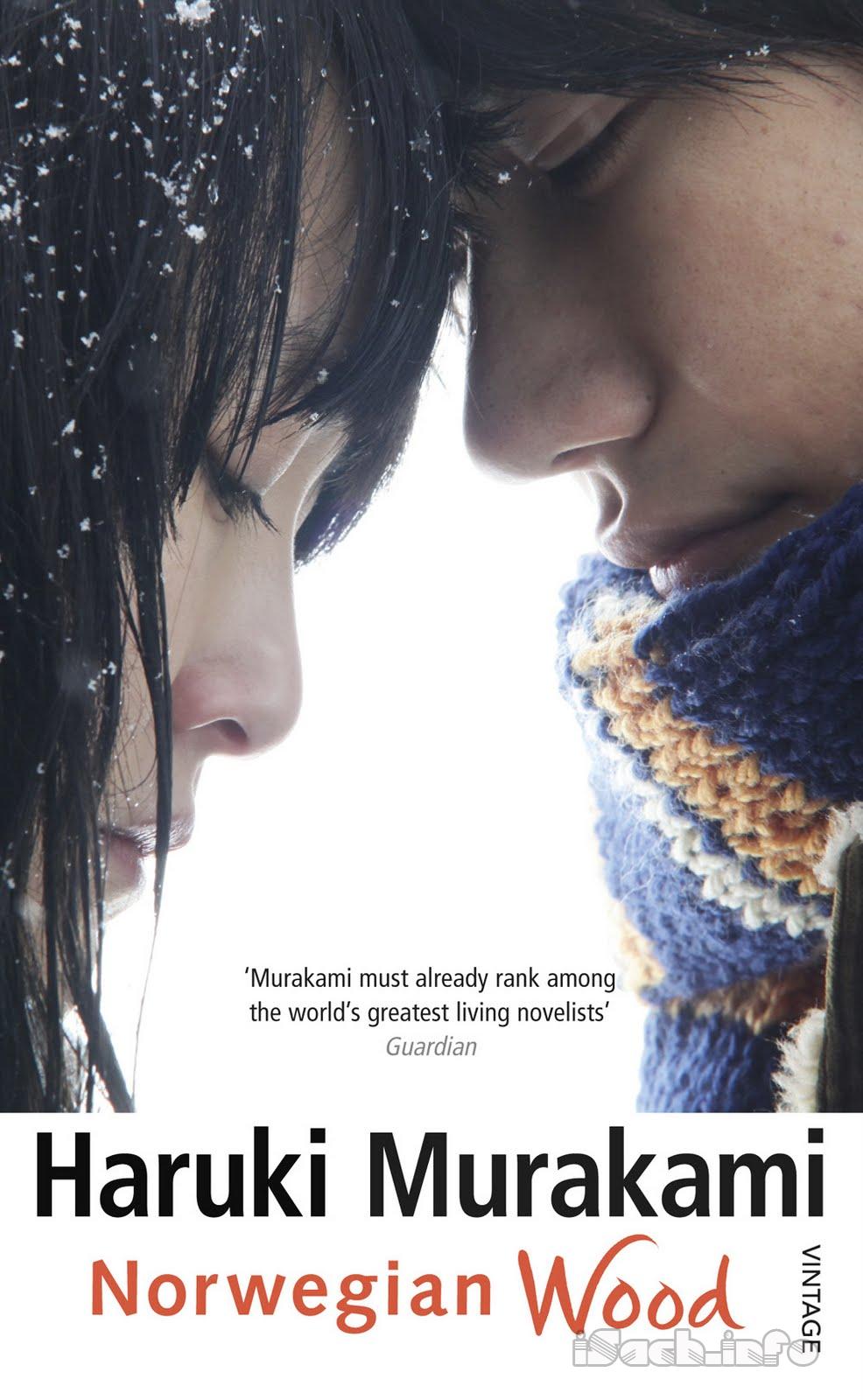TRANSLATOR'S NOTE
H
aruki Murakami was shocked and depressed to find his normal six-figure readership exploding into the millions when he published Norwegian Wood in 1987. Fame was one thing, superstardom another, and the craziness of it sent him back to the anonymity of Europe (he had written the book in Greece and Italy). In 1991 he moved to the United States. Not until 1995 was he prepared to resume living in Japan, but strictly on his own terms, without the television appearances and professional pontificating expected of a bestselling Japanese author.Norwegian Wood is still the one Murakami book that "everyone" in Japan has read, but Murakami's young audience has grown up with him as he has begun wrestling with Japan's dark past (in The Wind-up Bird Chronicle) and the 1995 double punch of the Kobe earthquake and, in Underground, the sarin gas attack on the Tokyo subway.
Accustomed to his cool, fragmented, American-flavoured narratives on mysterious sheep and disappearing elephants, some of Murakami's early readers were dismayed to find that Norwegian Wood seemed to be "just" a love story - and one that bore a suspicious resemblance to the kind of Japanese mainstream autobiographical fiction that Murakami had rejected since his exciting debut in 1979. As Murakami himself tells it, "Many of my readers thought that Norwegian Wood was a retreat for me, a betrayal of what my works had stood for until then. For me personally, however, it was just the opposite: it was an adventure, a challenge. I had never written that kind of straight, simple story, and I wanted to test myself. I set Norwegian Wood in the late 1960s. I borrowed the details of the protagonist's university environment and daily life from those of my own student days. As a result, many people think it is an autobiographical novel, but in fact it is not autobiographical at all. My own youth was far less dramatic, far more boring than his. If I had simply written the literal truth of my own life, the novel would have been no more than 15 pages long."
The author may joke away its autobiographicality, but the book feels like an autobiography; it favours lived experience over mind games and shots at the supernatural, and it does indeed tell us much more straightforwardly than any of his other novels what life was like for the young Haruki Murakami when he first came to Tokyo from Kobe. Back then, in the years 1968-70 that occupy the bulk of the novel, Murakami's experience centred on meeting the love of his life, his wife, Yoko, amid the turbulence of the student movement. The author is right, though: there is a lot of fiction here, and a lot of caricature and humour, and a lot of symbolism that Murakami's regular readers will recognise instantly. It is by no means "just" a love story.
Determined Murakami readers abroad may have succeeded in obtaining copies of Alfred Birnbaum's earlier translation of Norwegian Wood, which was produced for distribution in Japan, with grammar notes at the back, to enable students to enjoy their favourite author as they struggled with the mysteries of English. Although the novel has appeared in French, Italian, Chinese, Korean, Norwegian and Hebrew, the present edition is the first English translation that Murakami has authorized for publication outside Japan.
JAY RUBIN



 ePub
ePub A4
A4